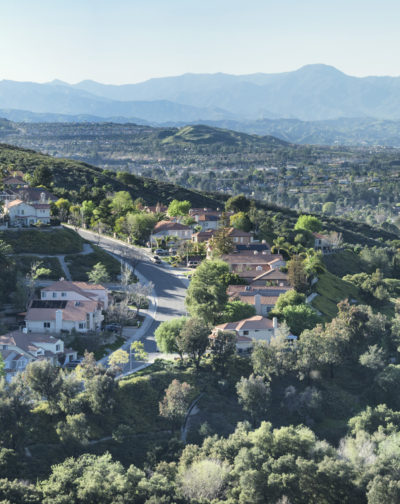Securing Reliable Water Supplies
Securing Reliable Water Supplies
How SCV Water is Securing Water Supplies for Our Future
Forecasting and planning for today and the future water needs of the SCV is the top priority for our water expert team of resource planners.
We invest in our infrastructure to reliably deliver clean water to your tap and maintain a diverse portfolio of water sources. However, we still need your help to use water efficiently and conserve water to ensure that these water supplies stretch as far as possible. Every dropped saved today is a drop that will be available next year.
Where Our Water Comes From


- STATE WATER PROJECT: Starting in the Sierra Nevadas, this water travels more than 600 miles before reaching Castaic Lake. Severe drought conditions statewide have reduced the availability this year to only 5% of what we are allocated.
- GROUNDWATER: Held in the cracks and crevices of soil and rock, this water can be found between 200 and 2000 feet beneath our valley and is accessed through wells. Several wells were shut off beginning in 2019 due to the detection of certain chemicals (see yourSCVwater.com/ PFAS for details). However, ongoing investment into treatment facilities is restoring this local and affordable water source.
- WATER BANKS AND OTHER DRY-YEAR RESERVES: SCV Water has invested in “water banks” in Kern County. Much like a savings account for money, we add water during wet years and can take it to meet our needs during dry years. We recently invested in infrastructure that increased the amount we can take each year.
- RECYCLED WATER: While recycled water currently represents a very small percentage of our water supply, we have projects underway that seek to expand our capacity from 450 acre-feet per year (about 147 million gallons) up to 8,000 acre-feet per year (more than 2.6 billion gallons).
Learn More About Our Long-Term Water Strategies
- Long-term Drought Resilient Water Supplies: Together with our customers, SCV Water has significantly invested in developing, maintaining, and managing drought-resilient water supplies. This includes allocating more than $112 million to capital improvement projects.
- Water Shortage Contingency Plan: We have proactively planned for cyclical droughts and have developed a draft Water Shortage Contingency Plan. This plan ensures that we have adequate water supplies now and in the future.
- Groundwater Sustainability Plan and Urban Water Management Plan: Our Groundwater Sustainability Plan and Urban Water Management Plan direct our long-term resource planning to guarantee water supplies are available to meet future water needs.
- Recycled Water: We use recycled water at several locations throughout the SCV. We’re also expanding our recycled water program to ensure groundwater and imported water are saved for drinking.
Water Today. Water Tomorrow.
Even in times of drought, new families and businesses coming to the area continue to spur new development. The County of Los Angeles and the City of Santa Clarita are responsible for planning future growth in the Santa Clarita Valley. SCV Water is responsible for providing water to meet the needs of you – our customers who live here today – as well as your children and families who will live here in the future.
Did You Know?
- New homes are water-efficient: New homes a required to use high efficient toilets and other features and new landscaping is necessary to follow low-water-use guidelines. A recent study showed that from 1967 to 2016, California’s population doubled, but water use only increased by 13%!
- New homes are expected and planned for: Our Urban Water Management Plan helps ensures sufficient water supplies, and our Water Shortage Contingency Plan puts steps in place in case of a critical water shortage, such as one caused by drought. Learn more at Urban Water Management Plan and Water Shortage Contingency Plan.
- New homes may bring “new” water: Some larger developments may build their own recycled water facilities to take care of irrigation needs or pay for additional imported water supplies to meet the needs of the new community.

